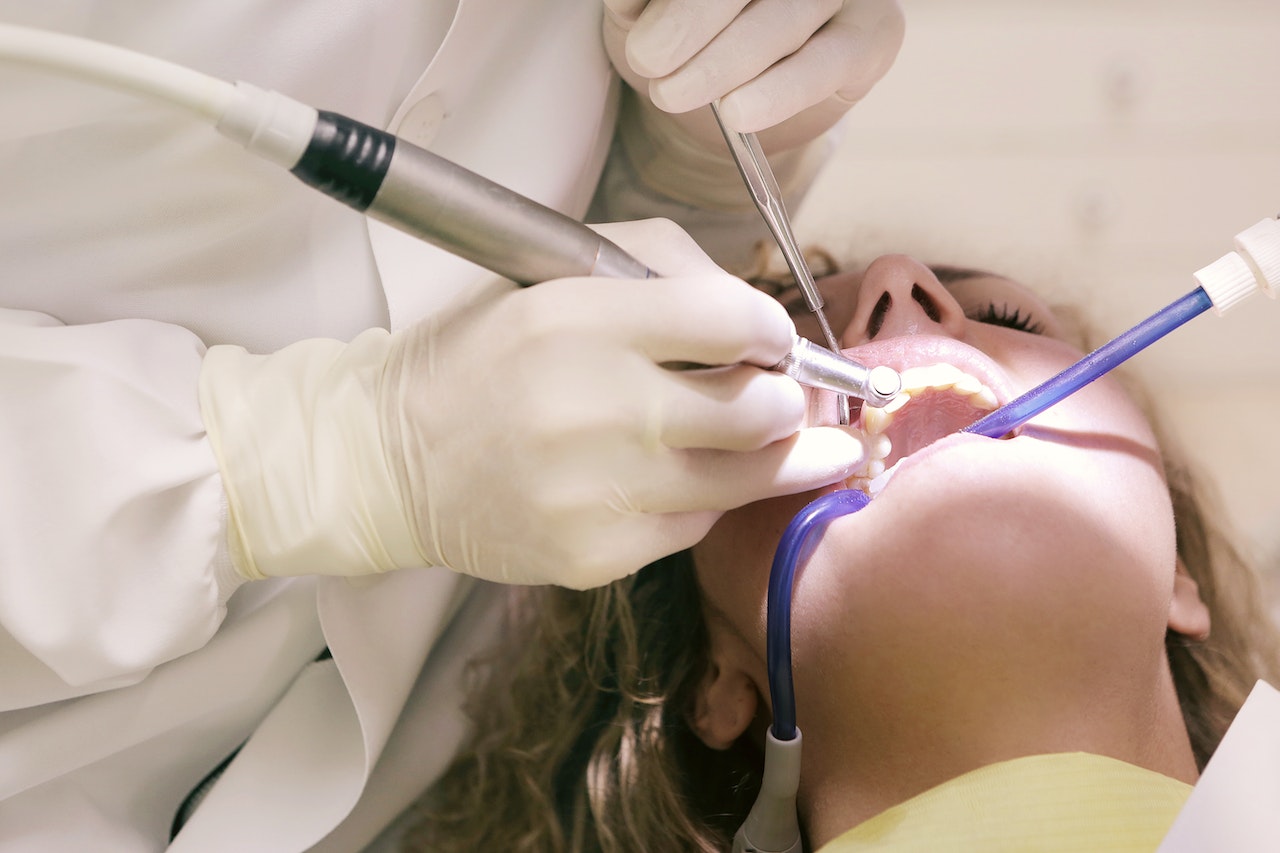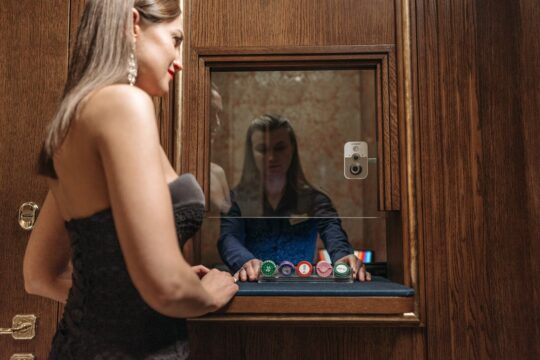Retainers do not straighten teeth in the same way that braces do. Also, teeth retainers cannot provide the continual, consistent force required to shift teeth into their proper places. However, if you forget to wear retainers Chapel Hill for a few weeks and your teeth are displaced, wearing them may assist in repositioning your teeth. You will most likely experience some discomfort as retainers gradually force your teeth back into alignment. Furthermore, this is generally only effective for minor, short-term changes.
An overview of teeth retainers
A retainer is a device worn after orthodontic therapy to safeguard the treatment’s outcomes. There are numerous types of retainers, but they all serve the same purpose: to “retain” the treatment advantages and keep teeth from slipping out of alignment. Since it maintains your smile in place and your teeth healthy, a retainer is regarded as one of the most vital elements of your therapy. Whatever retainer procedure your orthodontist prescribes, follow the directions exactly to maintain your orthodontic investment!
Prevalent types of teeth retainers
The two major types of retainers are permanent retainers that stay in the mouth and detachable retainers that you take out. Most dentists employ a combination of fixed and permanent retainers to maintain your teeth straight. Both types might exist concurrently. Additionally, all types of retainers are designed to ensure your alignment endures for years.
1. Fixed retainers
Fixed retainers (also known as permanent retainers) are held in place on your teeth by a glue-like bonding substance. You cannot remove this type of retainer on your own. These are frequently placed on your front, lower, or upper teeth to prevent them from falling apart or moving over time.
2. Removable retainers
These retainers can be put in and taken out of your mouth. A wire is connected to a plastic (or acrylic) in traditional (Hawley) retainers. Clear retainers (Essix) are also made of plastic but do not have any wires. Both are tailored to fit your teeth.
What occurs if you don’t wear a teeth retainer?
Your teeth shift throughout your life. If you have ever worn braces, you are aware that the position of your teeth in your mouth can change due to variables like aging and the use of orthodontic equipment. Just because your orthodontic therapy is done does not guarantee that teeth will remain in place. If you don’t put on your retainer as the orthodontist directs, your teeth will tend to move back into their original position. This is referred to as relapsing. Also, if you do not use your retainer, you may require orthodontic treatment again within ten years, if not sooner. If you skip using the teeth retainer for a few weeks or months, your teeth may move, and your retainer may no longer fit properly.
Braces straighten your teeth, but a retainer makes them last. Following your dental provider’s suggestions for a teeth retainer, you can wear it for years. Furthermore, a retainer is an important aspect of the teeth straightening procedure. Call MyOrthodontist or book your appointment online to determine whether you are an ideal candidate for teeth retainer procedures.




